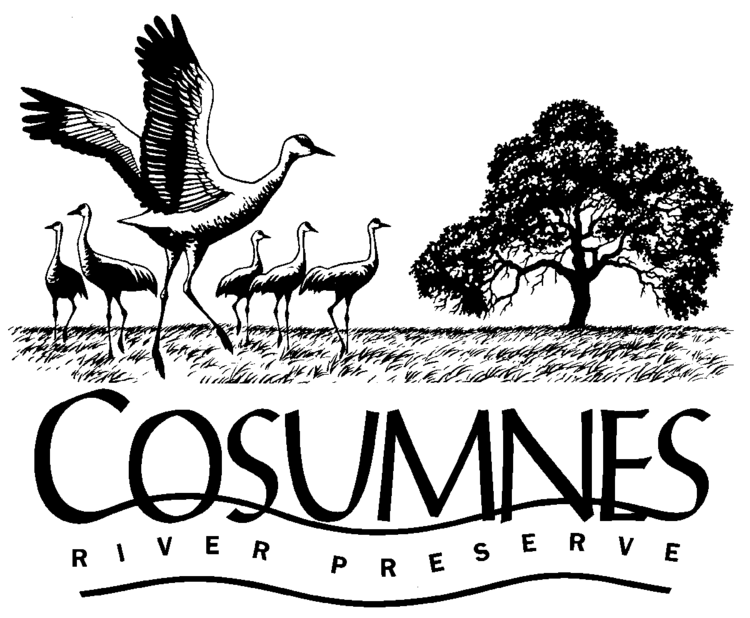

To your right, you see a large wood duck nest box attached to a valley oak tree. Wood ducks are cavity nesters, meaning they typically lay their eggs in natural tree hollows near water. Because suitable nesting sites can be limited, Preserve staff install these nest boxes on trees close to the water’s edge to provide safe, secure places for wood ducks to raise their young. These boxes help increase local wood duck populations by protecting nests from predators and flooding. Wood duck ducklings leave the nest within a day or two of hatching, dropping down to the water below to begin their aquatic life.